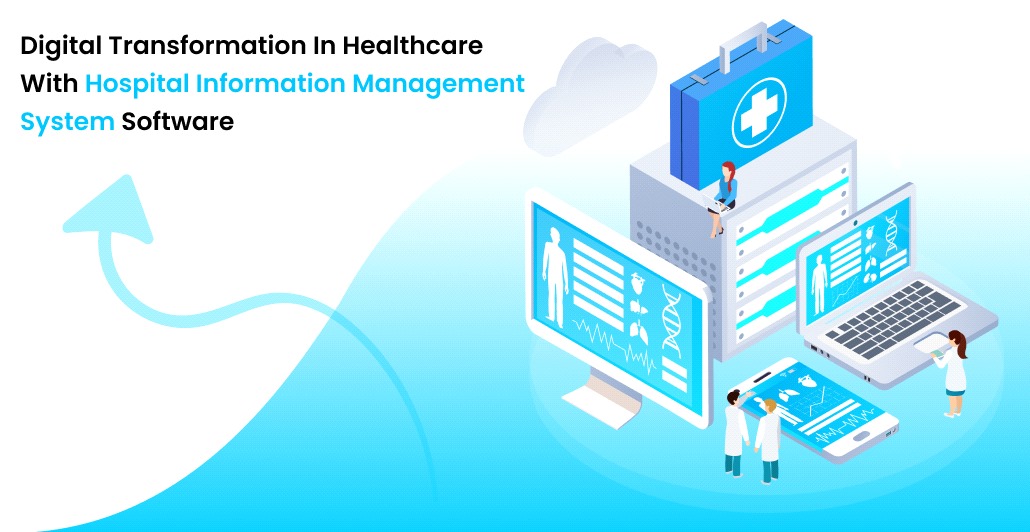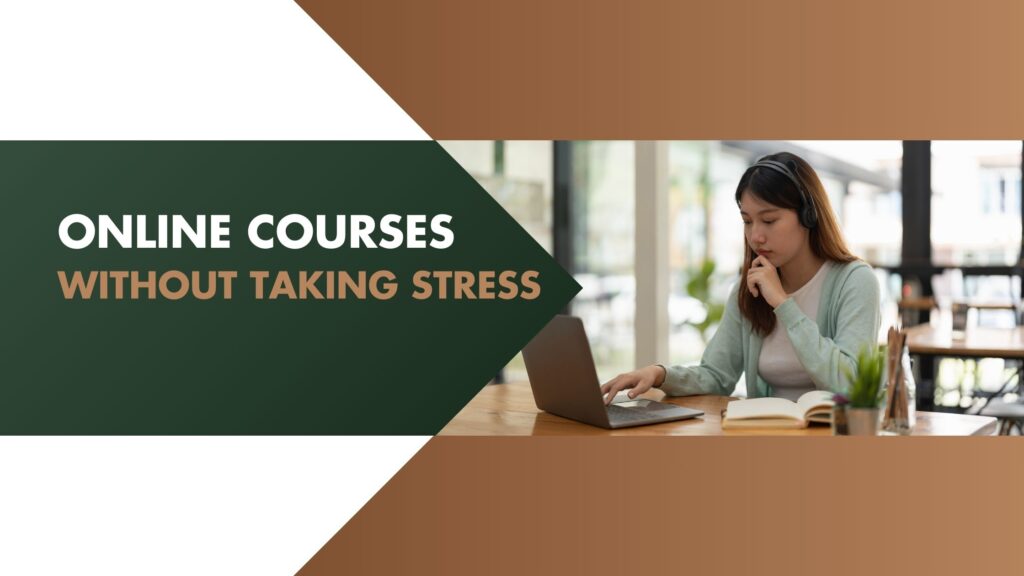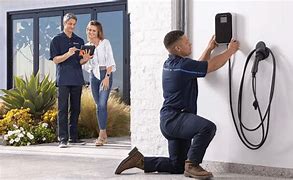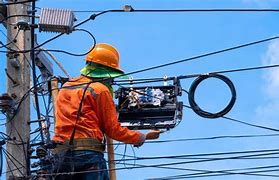Understanding Reverse Mortgages: Pros, Cons, and Key Considerations for Homeowners
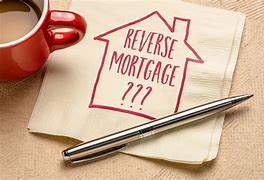
Strong 8k brings an ultra-HD IPTV experience to your living room and your pocket.
A reverse mortgage is a unique financial tool that allows homeowners, typically seniors, to convert a portion of their home equity into loan proceeds, which can be used for a variety of purposes. Unlike traditional mortgages, where homeowners make monthly payments to a lender, reverse mortgages work in the opposite way. The lender makes payments to the homeowner, either as a lump sum, a line of credit, or monthly payments, and the loan is repaid when the homeowner sells the home, moves out, or passes away.
In this article, we will explore the pros and cons of reverse mortgages, as well as the key considerations homeowners should keep in mind before deciding if this option is right for them.
What is a Reverse Mortgage?
A reverse mortgage is a loan specifically designed for homeowners aged 62 or older, allowing them to access their home’s equity without selling the property or making monthly mortgage payments. Instead of the homeowner paying the lender, the lender pays the homeowner, and the loan balance increases over time as the homeowner receives payments.
There are three main types of reverse mortgages:
1. Home Equity Conversion Mortgages (HECMs): These are the most common reverse mortgages, insured by the Federal Housing Administration (FHA). They are available to homeowners with sufficient equity in their homes.
2. Proprietary Reverse Mortgages: These are private loans that are not insured by the FHA and may offer higher loan amounts than HECMs, but they come with higher fees.
3. Single-Purpose Reverse Mortgages: These are typically offered by state or local government agencies or non-profit organizations, and the funds must be used for a specific purpose, such as home repairs or property taxes.
The loan is repaid when the homeowner moves out of the home, sells it, or passes away. In the case of the homeowner’s death, the home is typically sold to pay off the loan, with any remaining proceeds going to the homeowner’s heirs.
Pros of Reverse Mortgages
1. Access to Cash Without Selling Your Home
One of the biggest advantages of a reverse mortgage is that it allows seniors to access the equity in their homes without having to sell their property. This can be a lifesaver for older adults who need extra income to cover living expenses, medical bills, or other costs but do not want to leave their home.
A reverse mortgage allows homeowners to convert their home equity into cash, which can be used for various purposes such as supplementing retirement income, paying off debts, or covering healthcare expenses. This is particularly useful for seniors on a fixed income who may struggle to make ends meet.
2. No Monthly Payments
Unlike a traditional mortgage, a reverse mortgage does not require homeowners to make monthly payments to the lender. This can ease the financial burden for retirees, as they no longer need to worry about paying a mortgage each month. The loan balance, including interest and fees, is paid off when the homeowner sells the home, moves, or passes away.
3. Retain Ownership of Your Home
With a reverse mortgage, the homeowner retains ownership of their home, and they can live in it for as long as they wish, as long as they maintain the home and pay property taxes and insurance. The homeowner is not required to make any monthly payments, but they are still responsible for keeping the home in good condition.
4. Flexible Payment Options
Reverse mortgages offer several ways to receive payments. Homeowners can choose a lump sum, a line of credit, or monthly payments. This flexibility allows seniors to choose the option that best meets their financial needs.
5. Protection Against Declining Home Value
For homeowners who are concerned about market fluctuations, reverse mortgages come with a significant benefit: If the home’s value declines, the homeowner is not required to repay more than the home’s value when it is sold. This is because reverse mortgages are non-recourse loans, meaning the lender cannot seek repayment from the homeowner’s other assets or heirs if the loan balance exceeds the home’s value.
Cons of Reverse Mortgages
1. Decreases Home Equity
One of the most significant drawbacks of a reverse mortgage is that it reduces the homeowner’s equity in the home over time. Since the loan balance increases as the homeowner receives payments, the amount of equity in the home decreases. If the homeowner lives in the home for many years, the loan balance may eventually exceed the value of the home, leaving little or no equity for the homeowner’s heirs.
2. Higher Costs and Fees
Reverse mortgages tend to have higher costs than traditional mortgages. These costs can include origination fees, closing costs, and mortgage insurance premiums. Homeowners may also need to pay servicing fees for the reverse mortgage. These fees can add up quickly, and they are typically rolled into the loan balance, increasing the amount owed over time.
3. Risk to Heirs
A reverse mortgage can also affect the homeowner’s heirs. When the homeowner passes away, the reverse mortgage loan must be repaid, typically through the sale of the home. If the home’s value has declined or if the loan balance is greater than the home’s value, the heirs may not receive any equity from the property.
Additionally, heirs may need to sell the home to repay the loan, which may not be ideal if the home holds sentimental value or if the heirs wish to keep it.
4. Impact on Government Benefits
Reverse mortgage payments are generally not considered taxable income, but they can affect eligibility for certain government benefits, such as Medicaid. Homeowners who rely on government assistance may find that the funds they receive from a reverse mortgage impact their eligibility for these programs. It is important to consult with a financial advisor to understand how a reverse mortgage could affect government benefits.
5. Complexity of the Loan
Reverse mortgages can be complex financial products, and it is crucial for homeowners to fully understand the terms and conditions before committing. There are many factors to consider, such as the type of reverse mortgage, payment options, and how the loan will be repaid. Homeowners should seek professional advice to ensure they are making an informed decision.
Key Considerations for Homeowners
Before pursuing a reverse mortgage, homeowners should carefully consider the following factors:
1. Eligibility Requirements
To qualify for a reverse mortgage, homeowners must meet certain criteria. Generally, the homeowner must be at least 62 years old and own the home outright or have significant equity in it. The home must also be the homeowner’s primary residence, and the homeowner must be able to continue paying property taxes, homeowners insurance, and maintaining the home.
2. Long-Term Financial Impact
Homeowners should consider the long-term financial impact of a reverse mortgage. While it can provide immediate cash flow, it will reduce the amount of equity in the home over time. Homeowners should assess whether they will need to leave the home to a loved one or whether the reverse mortgage will deplete their home’s value before they pass away.
3. Consult with a Financial Advisor
Reverse mortgages are complicated, and homeowners should consult with a financial advisor before proceeding. A financial expert can help homeowners understand the benefits and drawbacks, assess their financial situation, and determine if a reverse mortgage is the best option.
4. Understand the Fees and Costs
Reverse mortgages come with various fees, including origination fees, closing costs, and servicing fees. It is essential to understand these costs and how they will impact the loan balance. Homeowners should carefully review the terms of the loan to ensure they are aware of all associated fees.
5. Explore Alternatives
There are alternatives to reverse mortgages, such as downsizing to a smaller home, renting out a portion of the property, or seeking financial assistance from family members. Homeowners should explore these options before committing to a reverse mortgage.
Statistics on Reverse Mortgages
1. According to the National Reverse Mortgage Lenders Association, there were over 60,000 reverse mortgage loans originated in 2020 alone. (Source: NRMLA)
2. The National Council on Aging reports that approximately 50% of reverse mortgage borrowers are using the funds to cover health care expenses. (Source: NCOA)
Conclusion:
Reverse mortgages offer a unique solution for homeowners looking to access their home equity without selling their property. However, they are not without their drawbacks, including higher costs, the potential for reduced home equity, and the impact on heirs. Homeowners should carefully weigh the pros and cons and seek professional advice before deciding if a reverse mortgage is the right choice for their financial situation.
Note: IndiBlogHub features both user-submitted and editorial content. We do not verify third-party contributions. Read our Disclaimer and Privacy Policyfor details.



